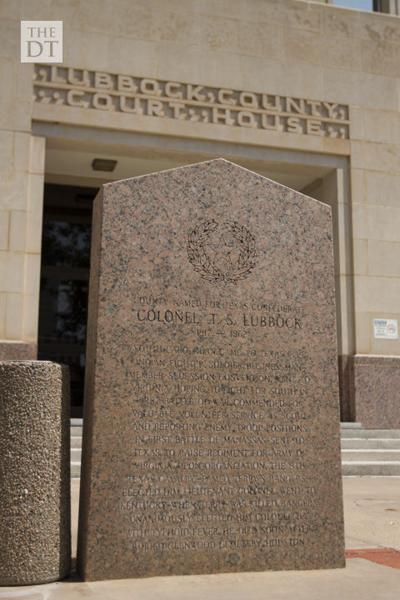
County named for Texas Confederate Colonel T. S. Lubbock – 1817 – 1862 South Carolinian. Came to Texas 1835. Indian fighter, soldier, businessman. Member Secession Convention. Went to Virginia hoping to fight for South in first battle of war. Commended for valuable volunteer service as scout and reporting enemy troop positions in First Battle of
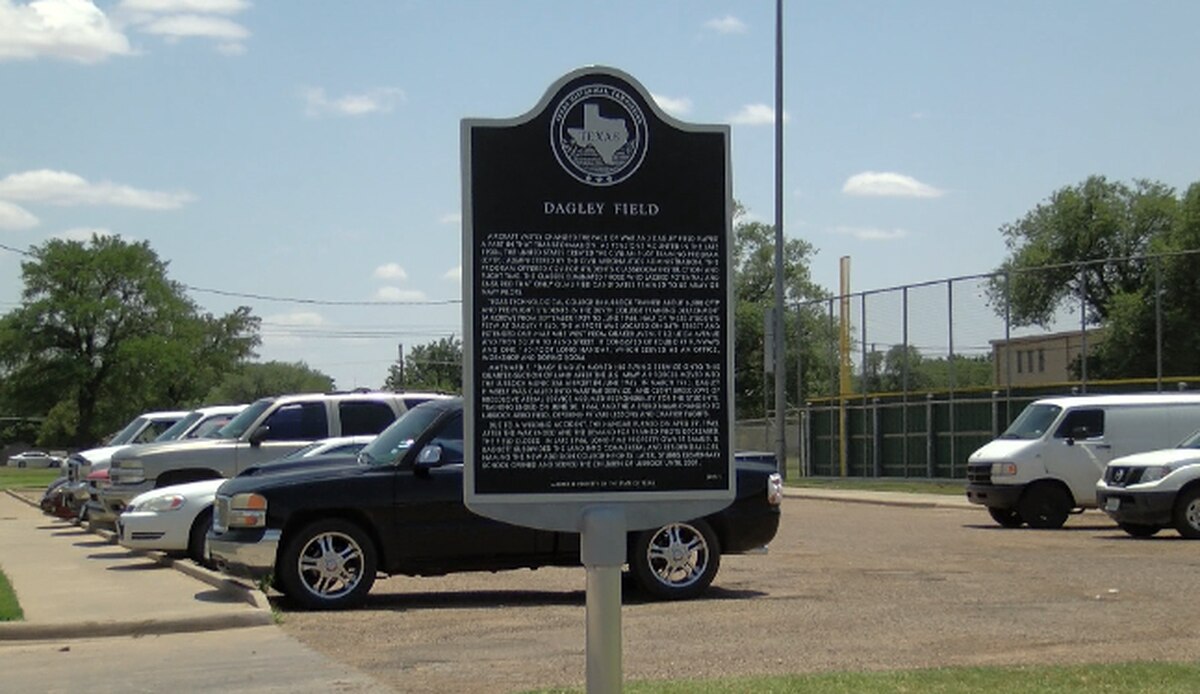
Aircraft vastly changed the face of war and Dagley Field played a part in that transformation. As tensions mounted in the late 1930s, the United States created the Civilian Pilot Training Program (CPTP), administered by the Civil Aeronautics Administration. This program offered college students classroom instruction and flight time. The classes eliminated those who lacked
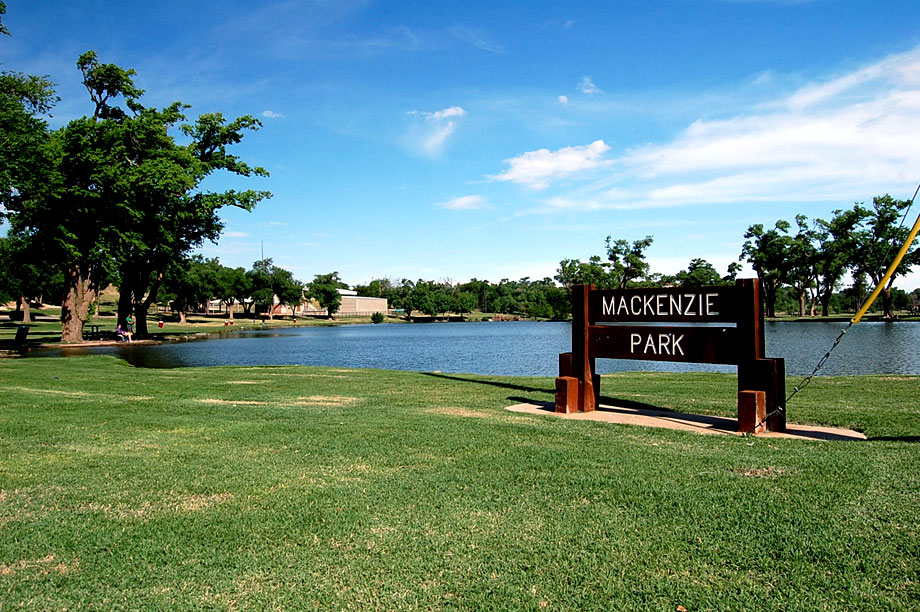
Born in New York City on July 24, 1840, Mackenzie attained the rank of major general during the Civil War. On February 25, 1871, at Fort Concho, Texas, he assumed command as colonel of the 4th Cavalry, which soon became the finest regiment in the army. He commanded three expeditions into this region against the

The Kress Building is listed in the National Register of Historic Places.
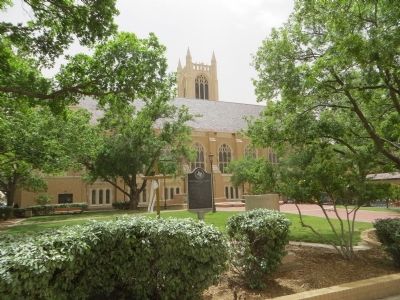
This congregation traces its history to 1892, when circuit riding minister R. M. Morris and 12 charter members organized the Lubbock Methodist Church. Early worship services were held in the schoolhouse and the Lubbock County Courthouse. In 1900 the Rev. T. W. Sharp became the city’s first resident Methodist pastor. The church’s first sanctuary, built
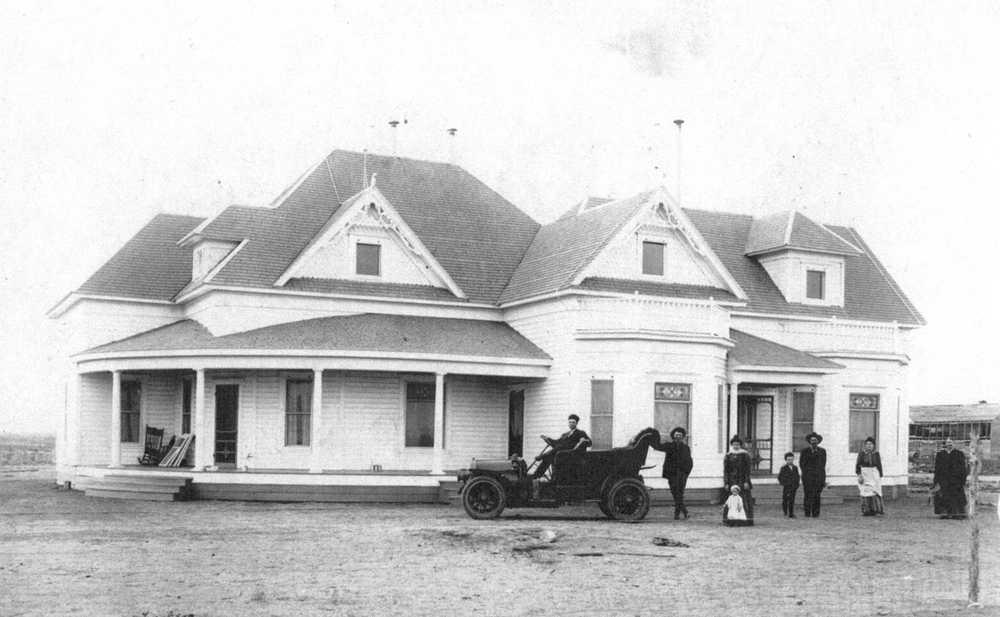
Isham Tubbs (1852-1947) married Texana Spikes (1857-1930) in Kaufman County in 1877. They moved to the Monterey area of Lubbock County circa 1890. Isham became one of the first school board trustees and a charter member of Lubbock’s first United Methodist Church. He brought lumber from east Texas by rail and wagon in 1907-08 to
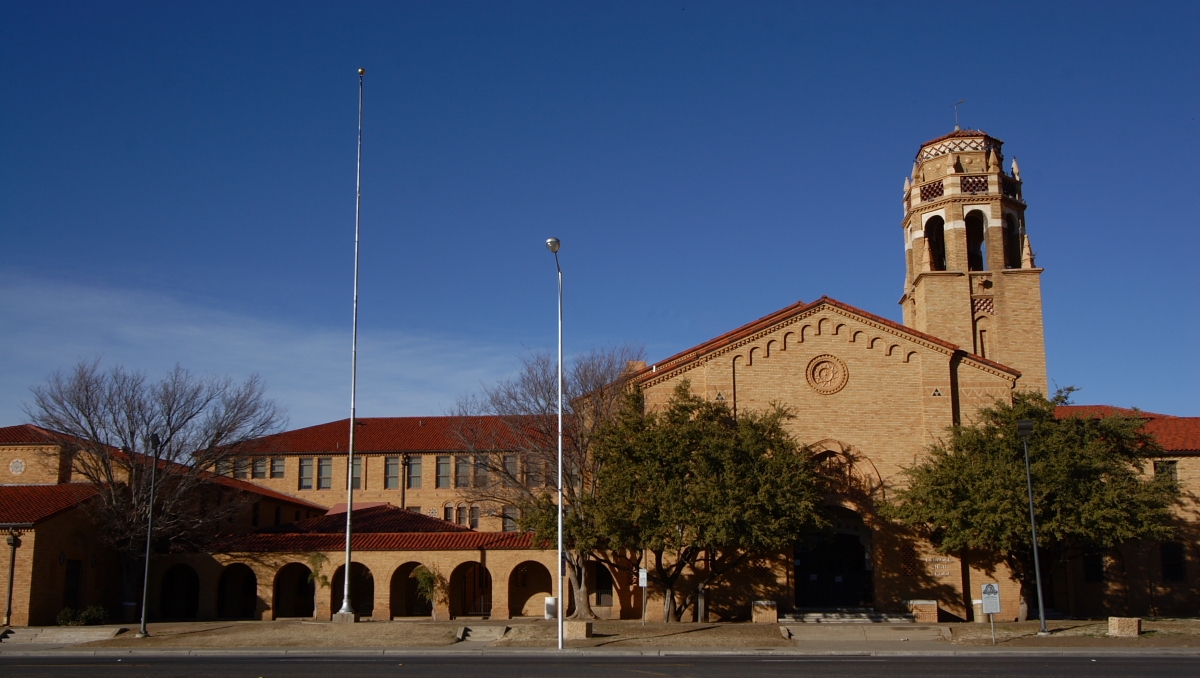
The city of Lubbock experienced a significant increase in population during the 1920s as it became the agricultural, educational, service, and trade center of the South Plains. This high school was built out of the need for providing an education for the young people of the rapidly growing community. Designed by the Lubbock architectural firm

This marks one route of the Mackenzie Scout Trail extending from Camp Supply, Crosby County to Fort Sumner, New Mexico and used by the Army, 1872-1875, by buffalo hunters, 1876-1878, and by cattlemen 1878 until the fencing of the range. Erected by Nancy Anderson Chapter, N.S.D.A.R. 1936. This block of granite is from the wall




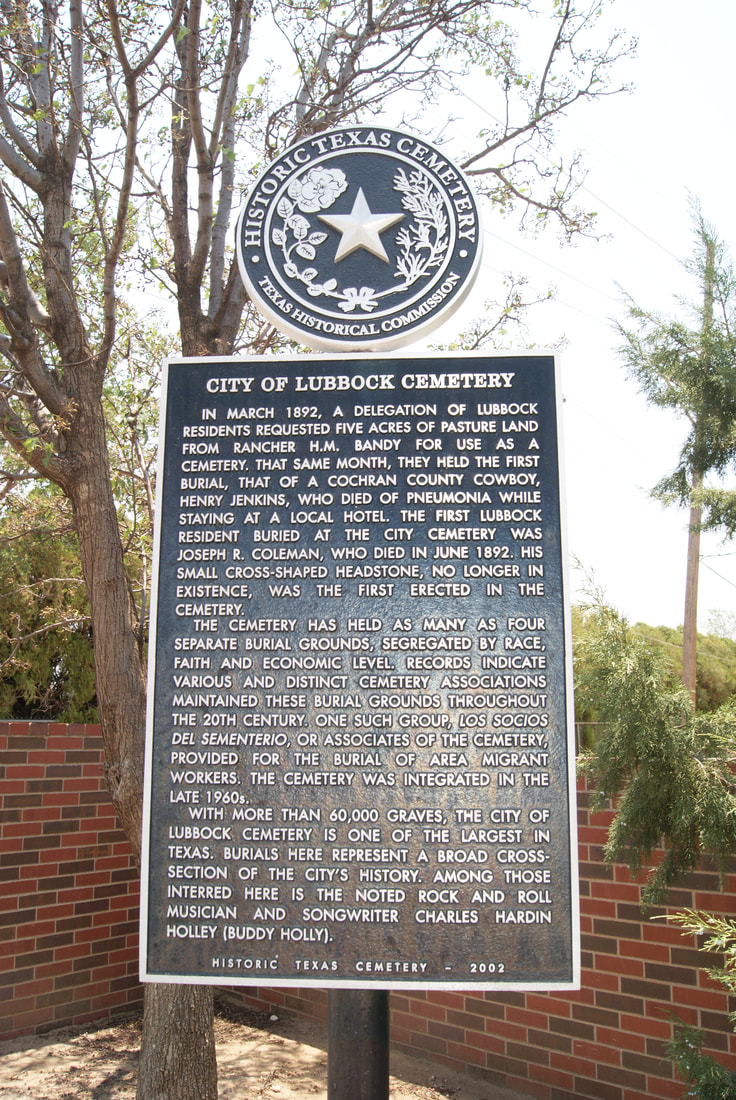
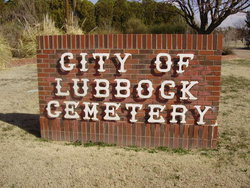







Recent Comments